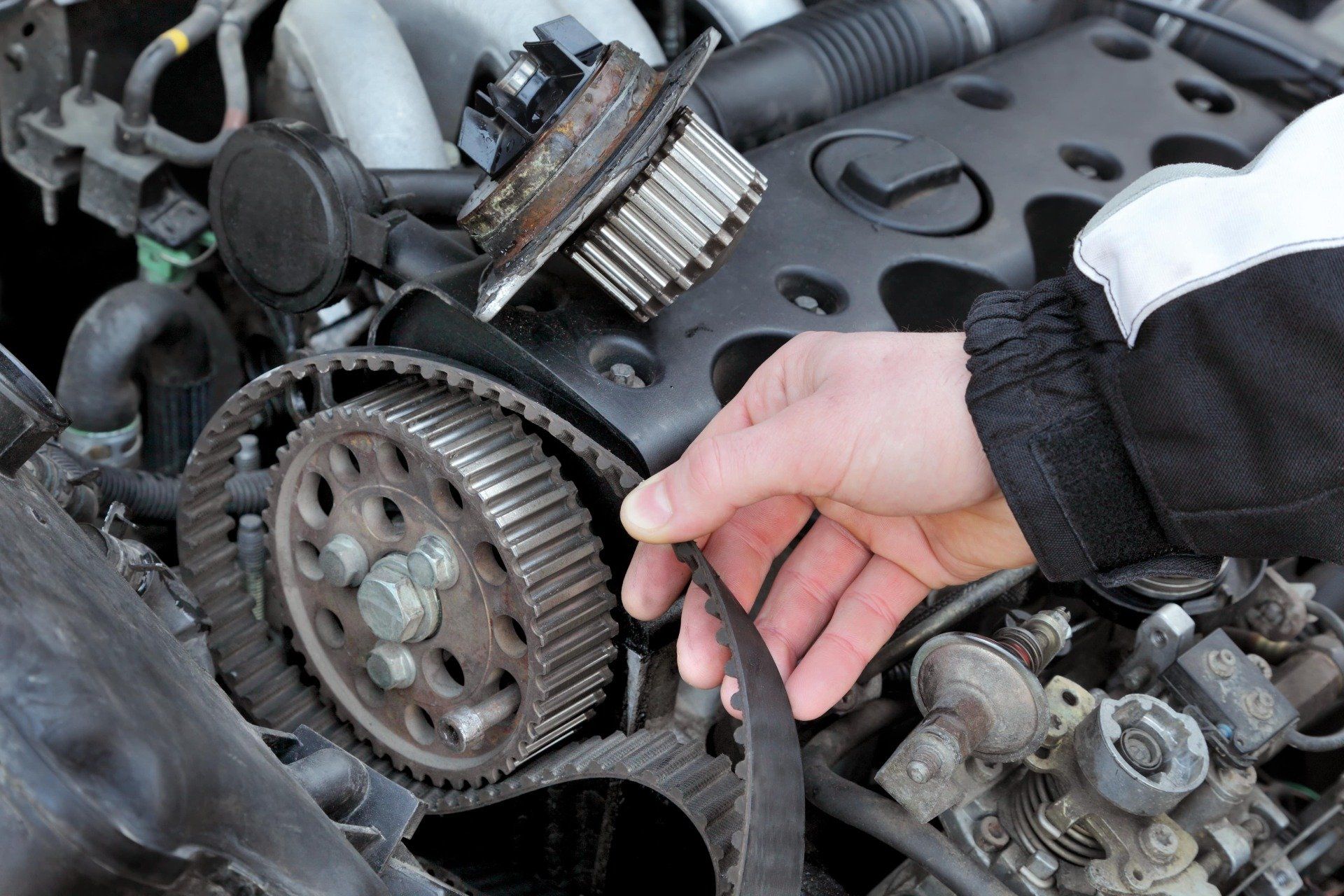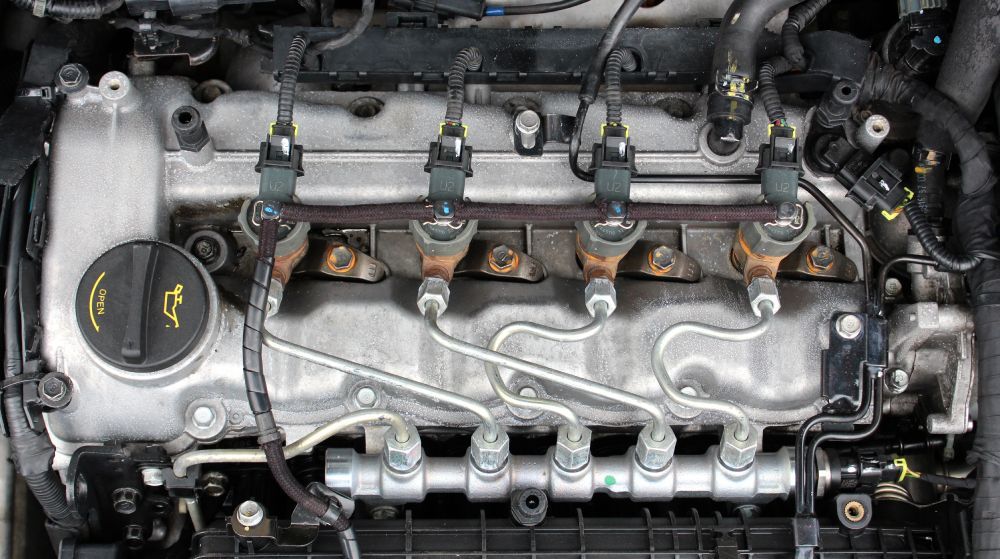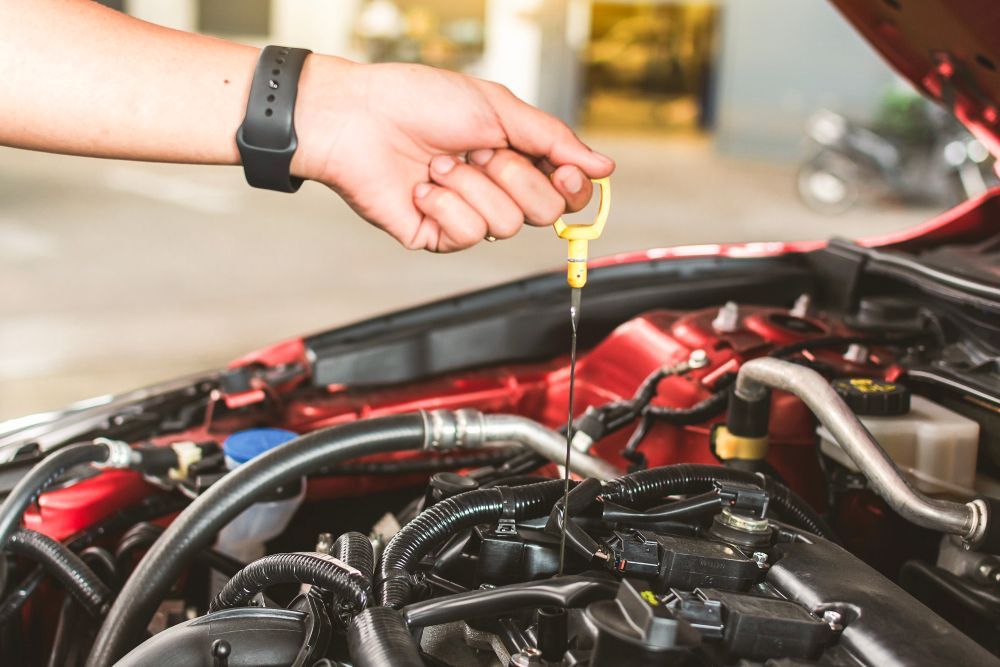How to Add Coolant to Your Car: A Step-by-Step Guide
Like the human body, your car depends on a sophisticated mechanism to keep its ideal temperature. Knowing how to add coolant to your car is an essential skill for preventing engine overheating and ensuring reliable performance. Coolant is the unsung hero that powers this complex system and is essential to the engine cooling system of your car. Understanding coolant and ensuring it performs at its peak is essential, and Pro Auto Repair, your reliable partner in Marietta, is aware of this. We will go into great detail on coolant in this article, including its importance, why it matters, and how to properly maintain it.
What Is Coolant and Why Is It Important?
One of the most essential parts of car maintenance is knowing how to add coolant. Antifreeze, or coolant, is an essential fluid for the engine cooling system of your car. It prevents the engine from freezing in the winter and overheating in the summer, among other vital uses. Additionally, coolant has corrosion inhibitors to keep your engine's internal parts safe and operating at their best.
Professional Auto Repair, your reliable Marietta partner, stresses the need for correct coolant levels to preserve the health of your engine. Your engine risks overheating without enough coolant, which might cause severe damage and expensive repairs. Frequent coolant checks and refills are easy but crucial maintenance procedures that help extend the life of your engine and improve performance.
How Often to Add Coolant to Your Car
A common question we hear at Professional Auto Repair is: "How often should I add coolant to my car?" While this varies based on the make, model, and driving habits, general guidelines can help you stay ahead of potential issues.
- Modern Vehicles: Typically need coolant replaced every 30,000 to 50,000 miles, but always refer to the owner’s manual.
- Older Vehicles: May require more frequent top-ups—approximately every 10,000 to 20,000 miles or as needed.
- Regular Checks: Coolant levels should be visually inspected every 3,000 to 5,000 miles, especially before long trips or during extreme temperature changes.
If you find yourself topping off coolant frequently, it may indicate a leak or underlying system issue that needs professional attention.
Warning Signs You May Need to Add Coolant:
- Engine running hotter than usual
- No heat from cabin vents
- Coolant light on dashboard
- Puddles of coolant under the vehicle
Understanding how often to add coolant to a car is key to preventing serious engine damage. If you're unsure about your coolant levels or schedule, our ASE-certified technicians in Marietta can help with inspections, pressure tests, and complete cooling system diagnostics.
How to Check Your Coolant Level
The first step in making sure the cooling system in your engine runs efficiently is to check the level of coolant. This is how you do it:
- Prioritize Safety: Before attempting to check the coolant level, make sure your engine is thoroughly cool. Burns may occur when opening the radiator cap on a hot engine.
- Find the Coolant Reservoir and Radiator: The radiator on your car is often found in the front, behind the grille. The overflow tank, also called the coolant reservoir, is a clear plastic container attached to the radiator.
- Verify the Amount of Coolant: The lowest and maximum levels are marked on the coolant reservoir. Between these marks should be the coolant level. You must add coolant if it is less than the required minimum level.
How to Top up Engine Coolant to Your Car Safely
Although it's a simple process, adding coolant to your car needs prudence. Here's a detailed how-to:
- Get the Coolant Ready: As the manufacturer advises, use a coolant and distilled water mixture. Pure water is not recommended since it lacks the chemicals needed to safeguard your engine.
- Find the Radiator Cap: If your radiator has a pressure cap, twist it slowly to release any residual pressure after the engine has cooled.
- Put Coolant In: Pour the coolant mixture into the reservoir or the radiator gradually. As directed by the reservoir, fill it to the proper level.
- Change the Cap: Make sure that the coolant reservoir or radiator caps are closed firmly.
How to Bleed the Cooling System
By eliminating air pockets from the cooling system, bleeding ensures adequate coolant circulation. This is how you do it:
- Prioritize safety: Once more, ensure the engine is cold before turning it on.
- Find the Valve that Bleeds: Typically, the bleeder valve is found on the top radiator hose or next to the thermostat housing.
- Open the Valve: Carefully open the bleeder valve with a wrench. You may see that air bubbles pop as you do this. Hold the valve open until a continuous, bubble-free stream of coolant emerges from the pipe.
- Once only coolant is escaping, shut off the bleeder valve firmly.
Every vehicle owner should understand the basics of how to add coolant to their car. It is a simple yet essential routine maintenance procedures, including checking and replenishing coolant that helps guarantee your engine runs smoothly. Professional Auto Repair in Marietta, your reliable car partner, stresses how important these jobs are. You can prolong the life and general health of your car by doing the things listed in this guide.
Schedule Your Cooling System Service Today
Get in touch with Professional Auto Repair if you require expert assistance with any part of your car's upkeep, including coolant inspections and replacements. Our knowledgeable specialists in Marietta are ready to guarantee that your vehicle remains in top shape and that you always receive dependable and effective care. For all of your automotive needs, put your trust in the professionals at
Professional Auto Repair and don't skimp on the health of your car.





